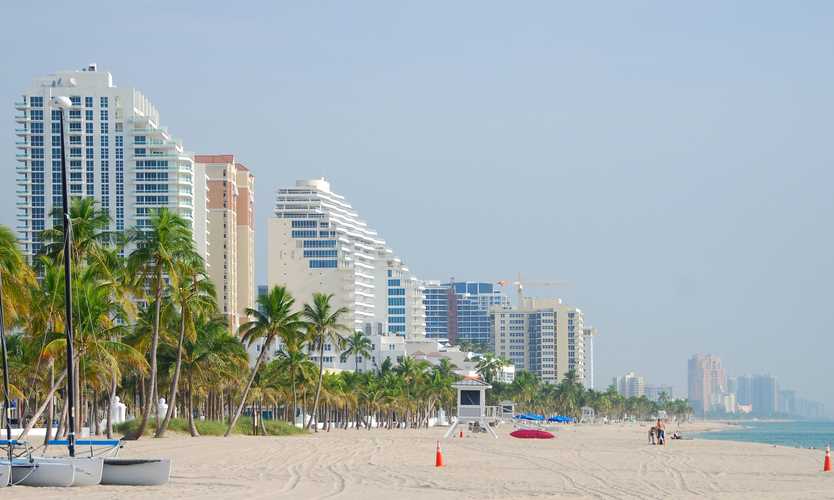XL Catlin partnership tackles coastal wetland ecosystems restoration
Reprints
XL Group Ltd., which does business as XL Catlin, has partnered with the Nature Conservancy to develop blue carbon resilience credits that aim to assign a market value to the resilience services provided by coastal wetland ecosystems.
The initiative will hopefully allow insurers and other businesses to offset their carbon footprints, the partners said in a statement on Thursday.
Coastal wetlands — salt marshes, seagrass meadows and mangroves — sequester billions of tons of carbon from the atmosphere at concentrations up to five times greater than terrestrial forests, according to the statement. The carbon sequestered and stored in these coastal wetlands is called “blue carbon.”
“We’ve been engaging the insurance industry on coastal risk and resilience issues and how natural infrastructure can protect coastal communities and businesses,” said Mark Way, Arlington, Virginia-based director for The Nature Conservancy’s coastal risk and resilience program. “XL has been extremely helpful to us … in helping us bring that message to the broader industry.”
As an increasing number of companies are purchasing carbon credits to offset their footprints, this credit will enable a valuation of the carbon sequestration and coastal resilience benefits that wetlands provide both businesses and communities, according to the partners.
“If we have a blue carbon credit out there that actually quantifies in some way the resilience value it is providing as well as the mitigation value, then we may be able to entice more companies and organizations to offset their emissions,” Mr. Way said. “Initially, we’re thinking the insurance industry as it has a huge interest in coastal resilience, but potentially other industries too. If we can do that, we can then drive more investment into the preservation and restoration of wetlands, which are disappearing at an alarming rate.”
The financial support from XL Catlin will allow the conservancy to explore different options to value the resilience services provided by coastal wetlands and to develop a credit product to support ongoing wetland conservation, according to the statement. One of these options could include a numeric ranking system assigning a dollar value to wetlands based on factors such as their potential for storm impact reduction, location relative to vulnerable communities, local economic activities and assets, and potential benefits from habitat restoration. The figures generated by the rankings, combined with the carbon storage capacity of a given wetland, would generate blue carbon resilience credits that will allow organizations the capacity to manage their carbon footprints while acting as the funding mechanism for wetland conservation, increasing coastal resilience for communities.
The conservancy will develop the project and the methodology for quantifying the credits over the next two or three years, with a goal of getting these credits ready for the carbon credit market, Mr. Way said.
Emily Landis, Philadelphia-based coastal wetlands strategy manager for the conservancy’s global ocean team, cited several challenges in developing a blue credits methodology and demonstrating the value of these credits, including choosing locations that will have the necessary government structures and financial mechanisms, as well as siting these projects.
“Some of the most vulnerable populations are going to be in areas where land is extremely expensive,” she said. “Our goal in creating a resilience credit would be (that) the price per ton of carbon would be higher because we’re actually adding resilience and carbon as a dual value, which will hopefully allow us to work in these locations where property is more expensive, especially from a restoration point of view.”
In March, the conservancy launched an effort to promote conservation in coastal areas in Mexico that culminated in a new parametric insurance policy designed to cover hurricane-related damage to coral reefs. The conservancy worked with reinsurer Swiss Re Ltd. to explore the possibility of insuring a natural asset like the Mesoamerican Reef and determined that a parametric insurance policy — designed to pay out quickly for repairs and restoration in the event of a major hurricane or storm — was the most suitable solution for the conditions on the Mexican Caribbean coast.
Read Next
-

Coastal communities’ insured exposures rising with the economy
The total insured value of residential and commercial properties in coastal communities in states along the Eastern Seaboard and the Gulf Coast of the United States now exceeds $13.838 trillion, according to a report by catastrophe risk modeling firm AIR Worldwide.